It is very common for children to experience pain in their legs or joints which may cause parents or caregivers to be concerned. Most of the time, the discomfort is due to overuse or growing pains which will usually go away on their own after some rest. However, people should be aware of symptoms and signs that indicate something more serious.
Apart from growing pains, other possible causes of joint pain in children that may be more serious include juvenile arthritis, lupus and leukaemia. It surprises most people to learn that children can be struck with arthritis, but they can, although fortunately less frequent than in adults.
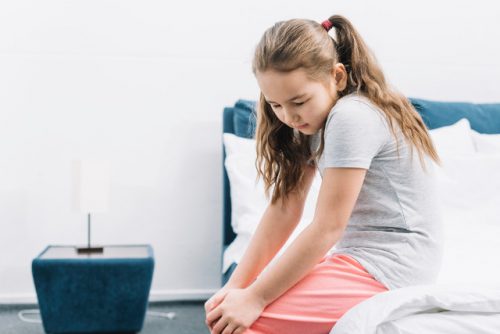 People photo created by freepik – www.freepik.com
People photo created by freepik – www.freepik.com
In this article, we look at what is “juvenile arthritis”, when to see a doctor, treatment, and how this condition impacts the child.
What is juvenile arthritis?
The term “arthritis” means joint inflammation. In children, it is most commonly due to an autoimmune disease. This means that the body’s immune system, which is meant to fight off infections, starts to attack its healthy cells and tissues. In juvenile arthritis, the immune system attacks the lining of the joints which can lead to the destruction of the bone and cartilage of the joint. This condition is known as juvenile idiopathic arthritis (JIA). Children with JIA may also experience inflammation of the eyes, known as uveitis.
Any child can be affected by JIA, occurring in 1 out of 1000 children below 16 years old. JIA can affect any joint in the body. They tend to affect the hands, knees, feet and hips. A family history of JIA or other autoimmune disease is a risk factor for the development of JIA but there is no way of predicting exactly how high the risk is if there is another affected member in the family. JIA cannot be prevented but can be treated well to achieve a normal functional life. Early diagnosis and treatment will help to stop inflammation and minimize damage to a growing child’s joints and bones.
What are the symptoms of juvenile arthritis? When should parents bring their child to a doctor?
=======================================
Symptoms of juvenile idiopathic arthritis (JIA) are:
a) Joint swelling
b) Joint pain
c) Stiffness or difficulty moving the joint
d) Limping
e) Sometimes the affected joint may feel warm
========================================
These symptoms are worse in the morning or after prolonged sitting or a nap.
Other symptoms that occur in children with JIA include high fever, skin rash and swelling of the lymph nodes.
It can take some time for the condition to be diagnosed as symptoms can change from day to day, or even within the same day. Parents should bring their child to see a doctor for further evaluation if these symptoms persist for more than a week.
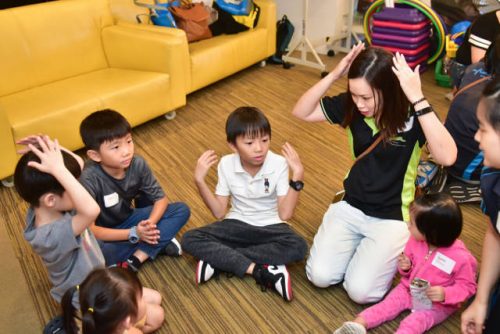 Photo credit: National Arthritis Foundation
Photo credit: National Arthritis Foundation
How is the diagnosis confirmed?
Arthritis is diagnosed based on history (symptoms that the patient or parents report to the doctor) and physical examination. An ultrasound or magnetic resonance imaging (MRI) of the joint may be useful to aid in diagnosis. Blood tests are not useful for diagnosing arthritis unless there is the involvement of many joints. However, they are necessary to ensure other more serious conditions, such as leukaemia, are not the cause of joint pains.
How is juvenile arthritis treated?
The treatment of juvenile arthritis depends on the severity of the condition and the subtype of JIA that the child has. Previously, children with JIA would suffer from permanent joint damage, with some ending up in wheelchairs for life. Fortunately, this is much less common now with a better understanding of the disease and advancements in medication. Treatment is usually instituted by a paediatric rheumatologist and comprises one or a combination of the following medications:
a) Non-steroidal anti-inflammatory drugs like ibuprofen, naproxen or diclofenac.
b) Steroids are given through injections directly into the joints or taken by mouth.
c) Immunosuppressants like methotrexate and sulphasalazine.
d) Newer medications developed in the past 15-20 years, known as biologics. They allow children to get good control of arthritis with fewer side effects. Biologics are typically given by injections or infusions, although a newer class of drugs can be taken orally.
The duration of treatment for JIA depends on the severity of inflammation and can take 2 years or more. The goal of treatment is to allow the child to be as active as normal children and to grow up normally to a functional adult, with minimal damage to their joints. Apart from medications, physiotherapy to strengthen the joints, taking a balanced diet and maintenance of a healthy weight are essential aspects of coping with JIA.
Are there any challenges experienced by children and families with JIA?
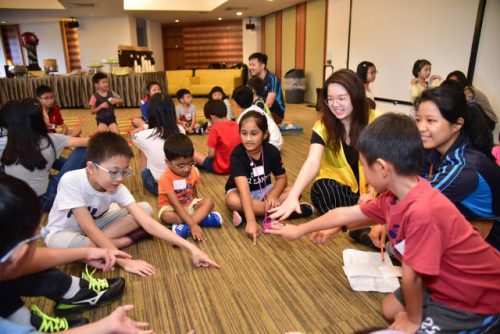 Photo credit: National Arthritis Foundation
Photo credit: National Arthritis Foundation
Despite the better outlook for JIA compared to 10-20 years ago, children with JIA still experience various challenges. Children with JIA, and their whole family, must deal with flares of joint inflammation that inconvenience daily activities, including schooling and family activities. Peers and teachers may misunderstand the symptoms of joint pains or the need to sit out of activities, compounding the stress experienced by the child. In addition, treatment can pose a significant financial strain on the family, even more so if the child requires multiple medications including biologics.
Thankfully, the burden of living with JIA in Singapore is reduced with increasing awareness of this condition and financial aid from the government and various charity organisations such as the National Arthritis Foundation.
Takeaway
Joint pains in children are a common cause for concern for parents and caregivers. Although growing pains are the most common cause of leg pains in children, arthritis can affect children.
If joint pains are accompanied by other symptoms, they should consult a doctor for further evaluation and medical intervention.
Written by Dr. Ooi Pei Ling, Paediatric Rheumatologist, Board Member of National Arthritis Foundation.
* * * * *
Like what you see here? Get parenting tips and stories straight to your inbox! Join our mailing list here.
Want to be heard 👂 and seen 👀 by over 100,000 parents in Singapore? We can help! Leave your contact here and we’ll be in touch.



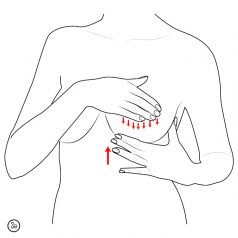
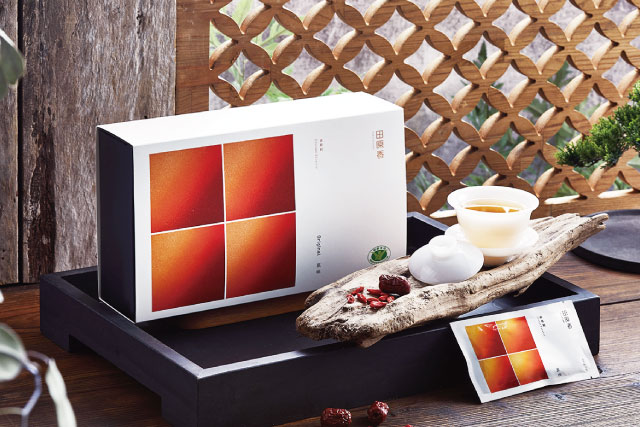


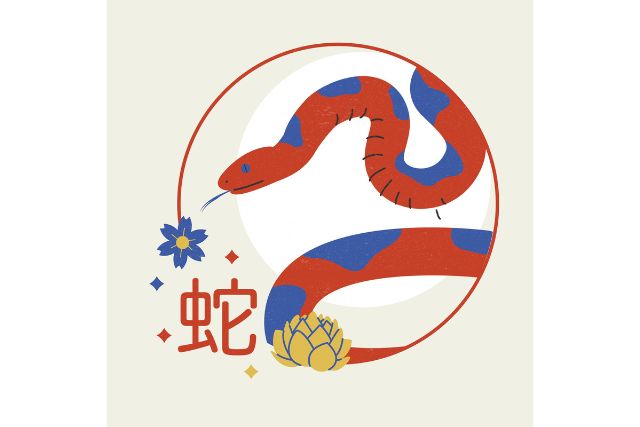
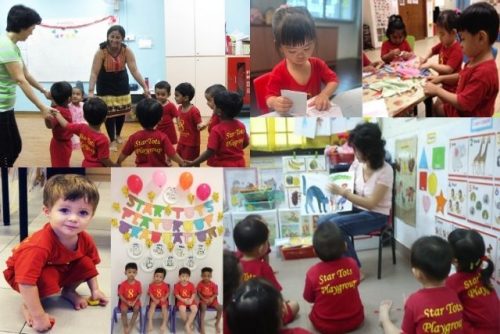


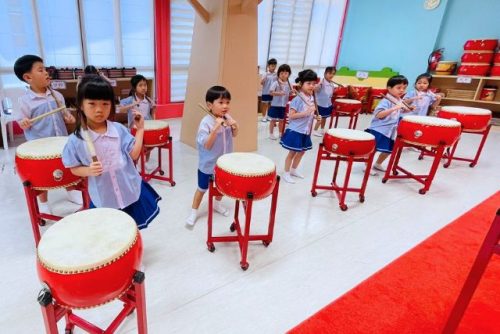
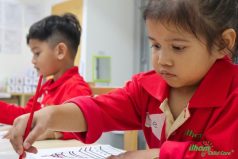
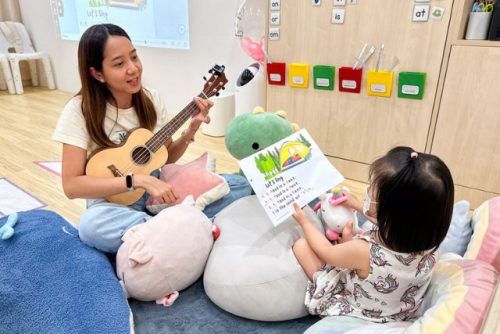

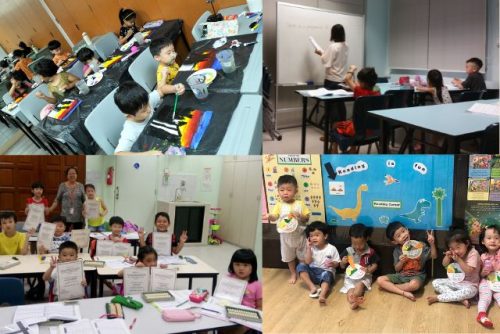

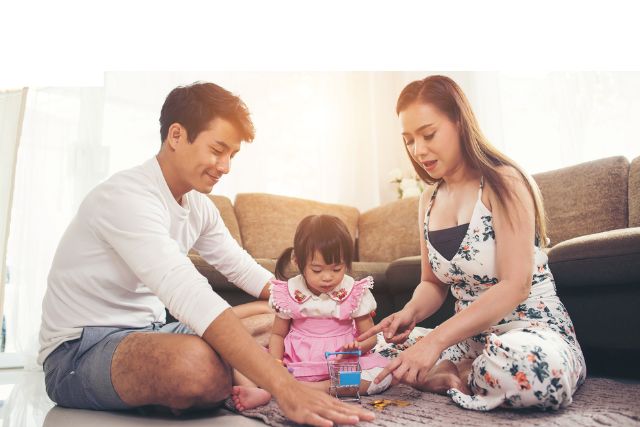








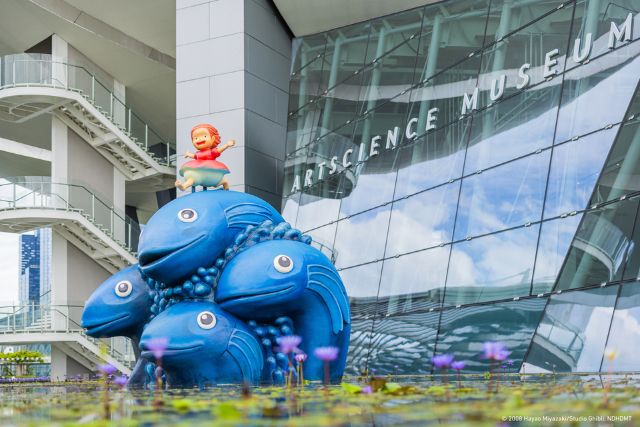




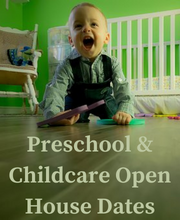








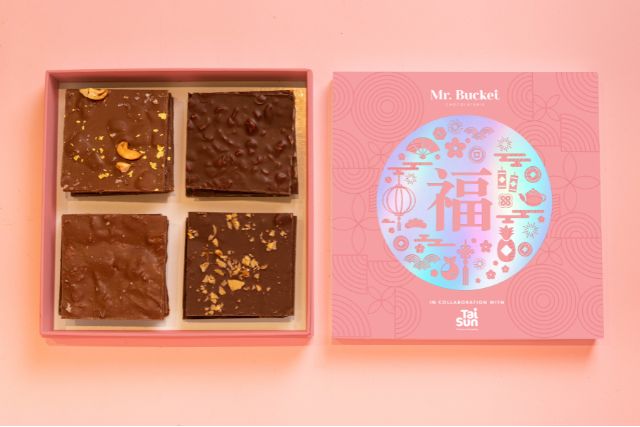


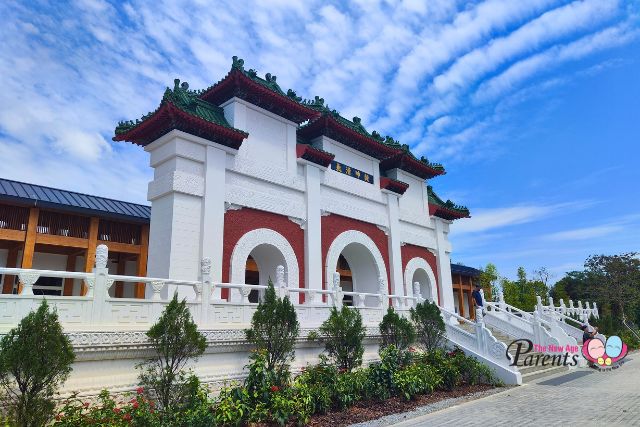






Leave a Comment: